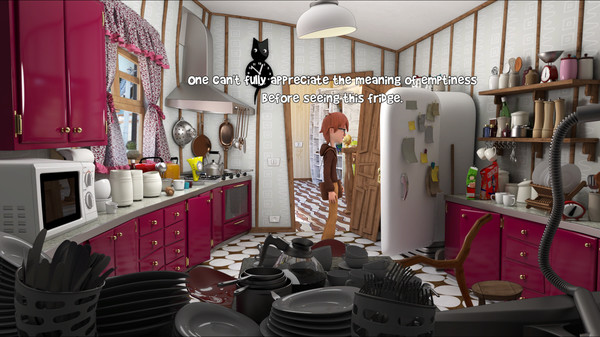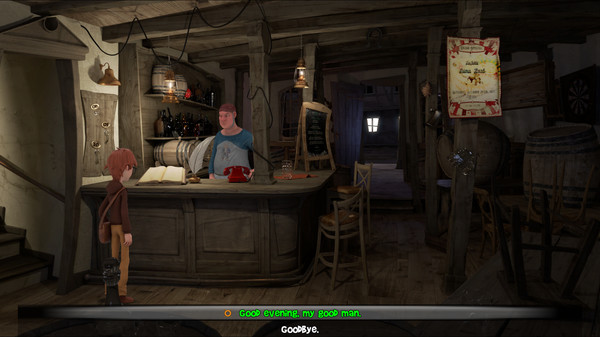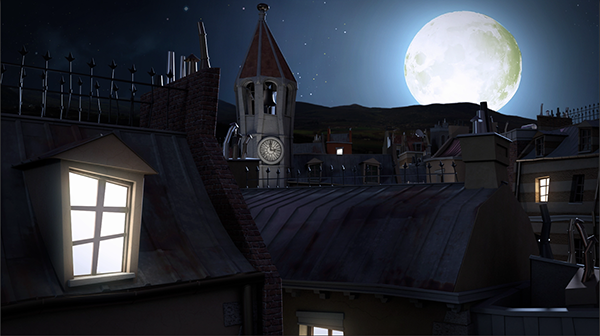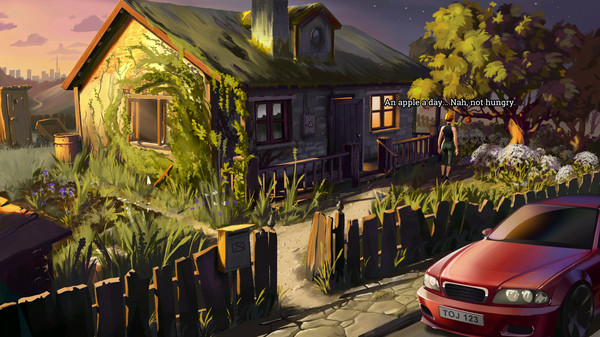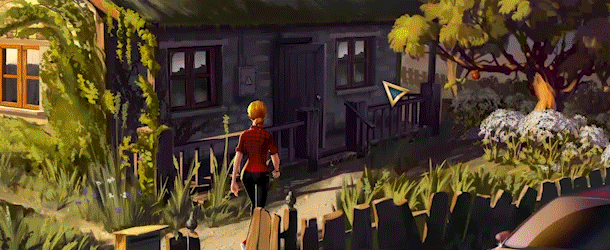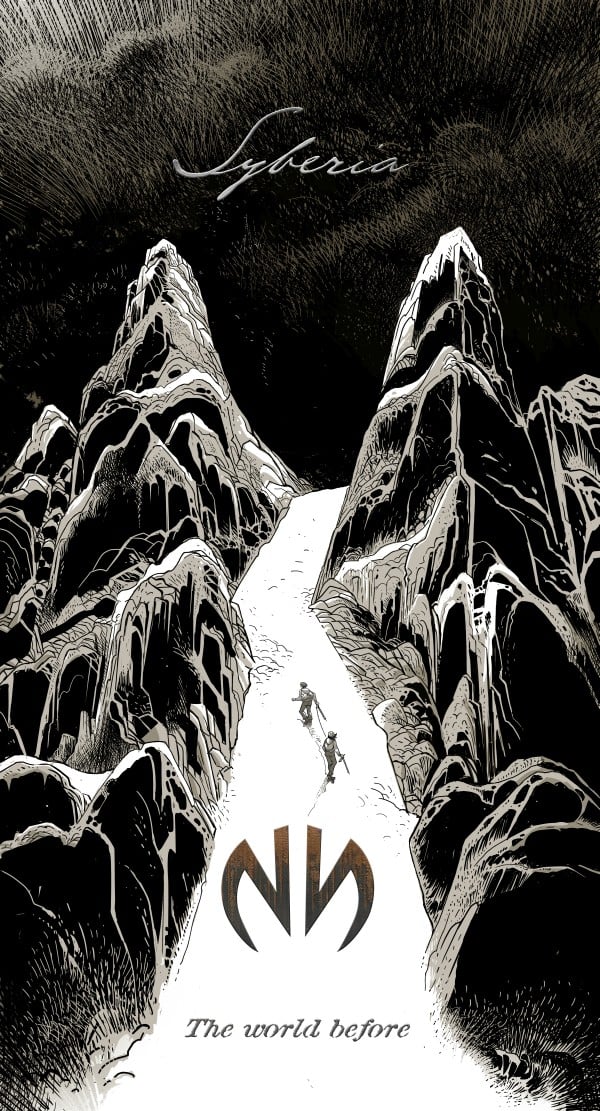There’s something of a consensus among fans today that the result of this collaboration is the best overall
King’s Quest of them all. This strikes me as a fair judgment. While it’s not a
greatadventure game by any means,
King’s Quest VI: Heir Today, Gone Tomorrow isn’t an outright poor one either in terms of writing or design, and this is sufficient for it to clear the low bar of the previous games in the series. The plot is still reliant on fairy-tale clichés: a princess imprisoned in a tower, a prince who sets out to rescue her, a kingdom in turmoil around them. Yet the writing itself is more textured and coherent this time around, the implementation is far more complete (most conceivable actions yield custom messages of some sort in response), the puzzles are generally more reasonable, and it’s considerably more difficult than it was in the earlier games to wander into a walking-dead situation without knowing it. Evincing a spirit of mercy toward its players of a sort that Sierra wasn’t usually known for, it even has a branching point where you can choose from an easier or a harder pathway to the end of the game. And when you do get to the final scene, there are over a dozen possible variants of the ending movie, depending on the choices you’ve made along the way. Again, this degree of design ambition — as opposed to audiovisual ambition — was new to the series at the time.
The fans often credit this relative improvement completely to Jenson’s involvement. And this judgment as well, unkind though it is toward Roberta Williams, is not entirely unfounded, even if it should be tempered by the awareness that Jenson’s own later games for Sierra would all have significant design issues of their own. Many of the flaws that so constantly dogged Roberta’s games in particular were down to her insistence on working at a remove from the rest of the people making them. Her habit was to type up a design document on her computer at home, then give it to the development team with instructions to “call if you have any questions.” For all practical purposes, she had thus been working as an “executive designer” long before she officially took on that role with
King’s Quest VI. This method of working tended to result in confusion and ultimately in far too much improvisation on the part of her teams. Combined with Sierra’s overarching disinterest in seeking substantive feedback from players during the development process, it was disastrous more often than not to the finished product. But when the time came for
King’s Quest VI, Jane Jenson was able to alleviate at least some of the problems simply by being in the same room with the rest of the team every day. It may seem unbelievable that this alone was sufficient to deliver a
King’s Quest that was so markedly better than any of the others — but, again, it just wasn’t a very high bar to clear.
For all that it represented a welcome uptick in terms of design, Sierra’s real priority for
King’s Quest VI was, as always for the series, to make it look and sound better than any game before. They were especially proud of the opening movie, which they outsourced to a real Hollywood animation studio to create on cutting-edge graphics workstations. When it was delivered to Sierra’s offices, the ten-minute sequence filled a well-nigh incomprehensible 1.2 GB on disk. It would have to be cut down to two minutes and 6 MB for the floppy-disk-based release of the game. (It would grow again to six minutes and 60 MB for the later CD-ROM release.) A real showstopper in its day, it serves today to illustrate how Sierra’s ambitions to be a major media player were outrunning their aesthetic competencies; even the two-minute version manages to come off as muddled and overlong, poorly framed and poorly written. In its its time, though, it doubtless served its purpose as a graphics-and-sound showcase, as did the game that followed it.
A more amusing example of the company’s media naiveté is the saga of the
King’s Quest VItheme song. Sierra head Ken Williams, who like many gaming executives of the period relished any and all linkages between games and movies, came up with the idea of including a pop song in the game that could become a hit on the radio, a “Glory of Love” or “I Will Always Love You” for his industry. Sierra’s in-house music man Mark Seibert duly delivered a hook-less dirge of a “love theme” with the distressingly literal title of
“Girl in the Tower,” then hired an ersatz Michael Bolton and Celine Dion to over-emote it wildly. Then, Sierra proceeded to carpet-bomb the nation’s radio stations with CD singles of the song, whilst including an eight-page pamphlet in every copy of the game with the phone numbers for all of the major radio stations and a plea to call in and request it. Enough of Sierra’s loyal young fans did so that many a program director called Ken in turn to complain about his supremely artificial “grass-roots” marketing strategy. His song was terrible, they told him (correctly), and sometimes issued vague legal threats regarding obscure Federal Communications Commission laws he was supposedly violating. Finally, Ken agreed to pull the pamphlet from future
King’s Quest VI boxes and accept that he wasn’t going to become a music as well as games impresario. Good Taste 1, Sierra 0. Rather hilariously, he was still grousing about the whole episode years later: “In my opinion, the radio stations were the criminals for ignoring their customers, something I believe no business should ever do. Oh, well… the song
was great.”
While
King’s Quest VI didn’t spawn a hit single, it did become a massive hit in its own right by the more modest sales standards of the computer-games industry. In fact, it became the first computer game in history to be certified gold by the Software Publishers Association — 100,000 copies sold — before it had even shipped, thanks to a huge number of pre-orders. Released in mid-October of 1992, it was by far the hottest game in the industry that Christmas, with Sierra struggling just to keep up with demand. Estimates of its total sales vary widely, but it seems likely that it sold 300,000 copies in all at a minimum, and quite possibly as many as 500,000 copies.




























![Have Many Potato [2013] Codex 2013](/forums/smiles/campaign_tags/campaign_potato2013.png)






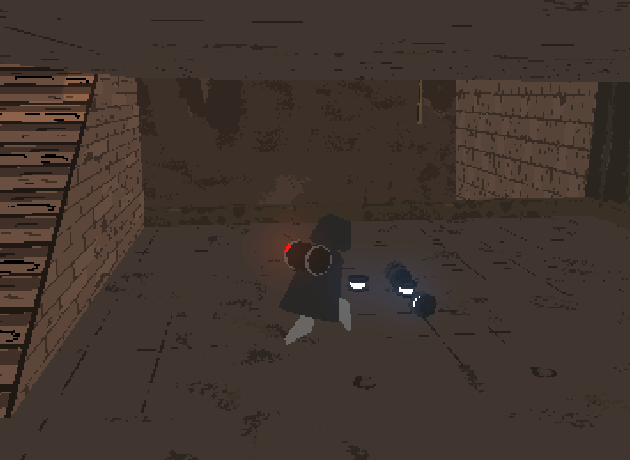
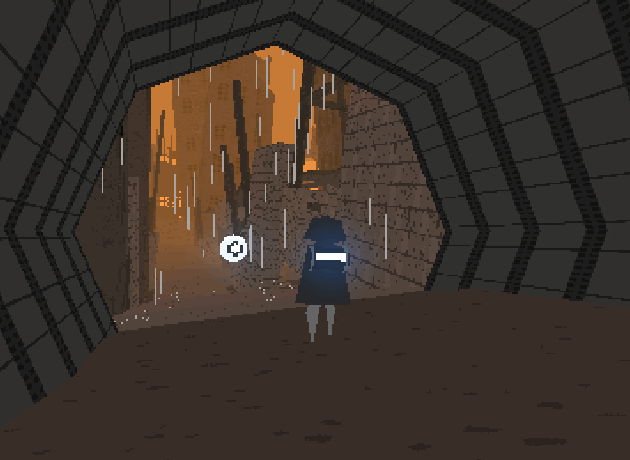
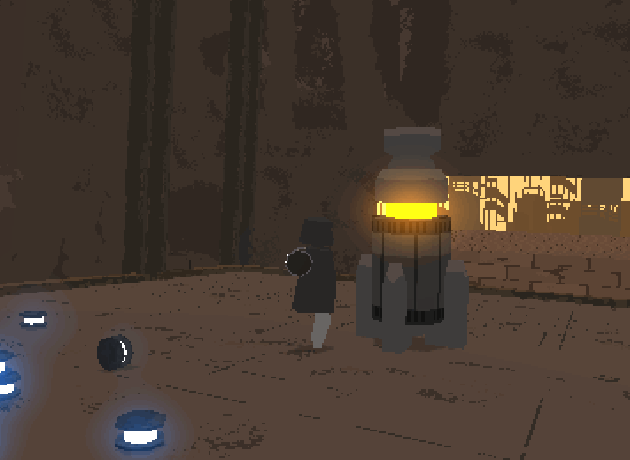
![The Year of Incline [2014] Codex 2014](/forums/smiles/campaign_tags/campaign_incline2014.png)
